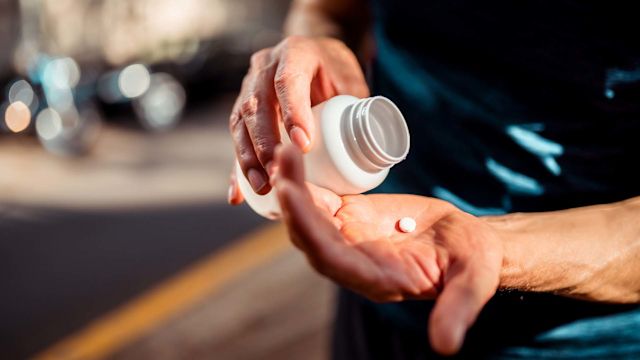Updated on April 2, 2025
Testosterone is a steroid hormone that is made mainly in the testes. It is one of the most important hormones for male health.
Low testosterone can impair sexual function, reduce fertility, deplete energy and muscle strength, weaken bones, and contribute to depressed moods.
Low testosterone is common, and it becomes more common with age. Some estimates state that nearly 40 percent of males over the age of 45 have low testosterone levels. Low testosterone levels are also associated with obesity, uncontrolled type 2 diabetes, injuries, cancer, cancer treatments, and medications.
The good news is that low testosterone can be treated, and there are numerous treatment options available.
Testosterone replacement therapy (TRT) basics
The treatment for low testosterone is called “testosterone replacement therapy,” or TRT. As the name implies, these medications add more testosterone to the body to boost testosterone levels.
TRT medications must be prescribed by a healthcare provider, and a healthcare provider can help a person considering TRT choose from their available treatment options. Here’s a look at how different options are administered, along with some important considerations to discuss with a healthcare provider.
Injections
There are TRT medications can be injected into large muscles (such as buttocks or thighs) as well as under the skin (called a subcutaneous injection). Some injection medications must be administered at a healthcare provider’s office while others can be self-administered at home (after instruction and training from a healthcare provider).
Oral medications
This refers to TRT medications that are taken in pill form. There are several options available. The strength of the dose will depend on a person’s testosterone level. Oral medications can be a good option for people who have had difficulties taking TRT through other methods.
Transdermal patch
A testosterone-releasing skin patch is another option. These patches are worn all day and release testosterone that is absorbed into the body through the skin. Patches should be applied to a different area of the body each day. The rotation helps prevent skin irritation.
Topical gels
These are gels that contain testosterone and are applied to the skin. Gels are applied each day and must be left on the skin for several hours to ensure absorption. Following dosing and application instructions are extremely important when using gels, and precautions must be taken to avoid transferring gel onto another person—such as a partner, child, or caregiver.
Nasal gel
This is a gel that is applied to the inside of the nostrils so testosterone can be absorbed through tissues in the nasal cavity. It is applied multiple times a day.
Buccal tabs
A tablet-shaped patch containing testosterone is placed inside the mouth, above the top teeth, where it sticks to the upper gum and lip.
Subcutaneous pellets
These are very small pellets that that are implanted underneath the skin by a healthcare provider. The pellets dissolve over the course of several months, slowly releasing testosterone. Pellets are replaced every three to six months.
Working with your healthcare provider
While it is helpful to know what treatment options are available for low testosterone, your best source of information will be your healthcare provider.
Any TRT will come with a risk of side effects. To choose the best treatment option for you, it’s important to discuss the potential risks and the potential benefits, as well as other considerations like the out-of-pocket costs of a treatment.





